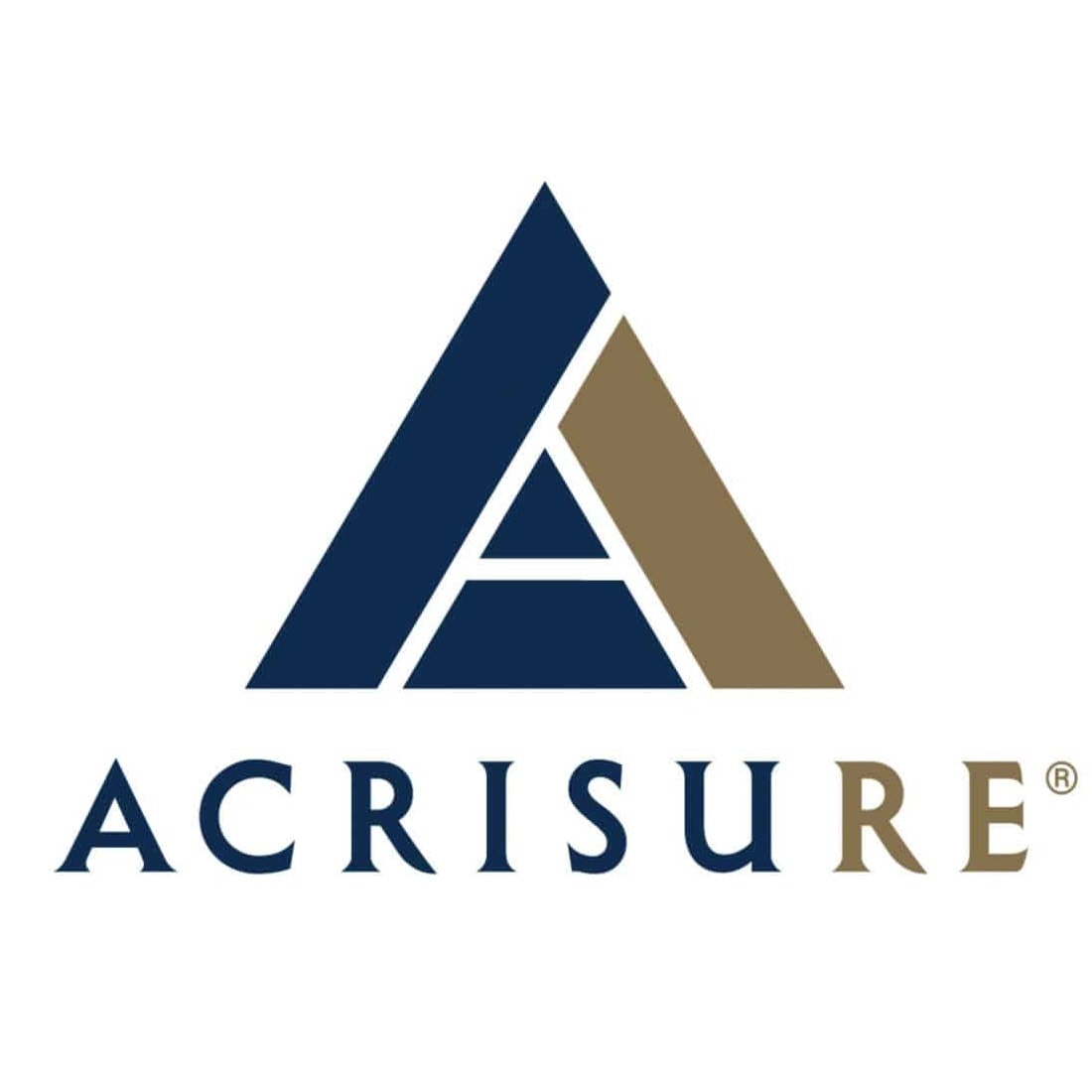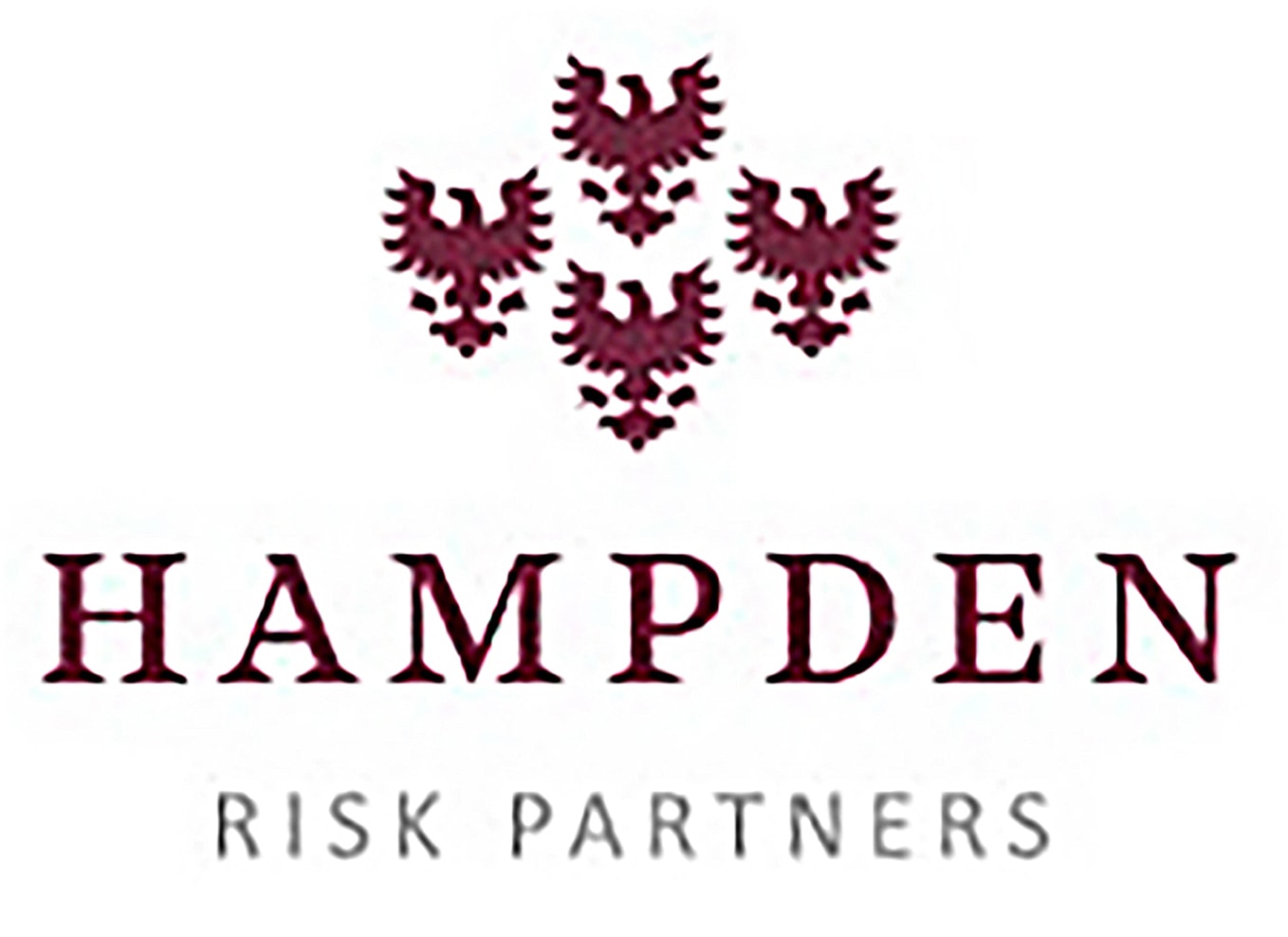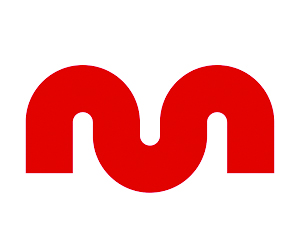How Data and Technology is Transforming the Claims Journey
An insightful roundtable hosted by the Modern Insurance Magazine looks at how data and technology is transforming the claims journey. Pete Thompson, Director of Product at Activate Group, chairs the session and outlines his agenda.
Firstly considering the issues faced by the industry in recent years, Pete asks the panel to consider some of the greatest achievements in technological advancement as a result of - or in spite of - these established industry challenges.
Michael Lewis is the first to respond from his perspective as the CEO of Claim Technology. ‘Claims have traditionally been processed manually,’ Michael says. ‘As an industry, we’ve learnt that we can’t always assume the availability of claims handlers. Recruiting people is both incredibly difficult and expensive, so we are seeing an acceleration of technology successfully substituting the human element of the claims journey wherever possible. On the customer side, we’re also seeing faster claims resolution from integrating AI into the customer experience’.
Andrew Lilley supports this. ‘Automation, AI and chatbots are very relevant topics at the moment’ he says. ‘There’s also a lot around the use of video and video technology to increase efficiency’. This is seconded by Daryn Robinson, who is also keen to emphasise the pioneering success of video technology. ‘Automating through video is one of the main things we see at AllThingsCX,’ Daryn adds. ‘There’s a lot of positive factors involved, such as the saving of staff time, reduction in fuel usage and other economic cost benefits. The touchpoints must be very light, and it must all connect in the background to create a smooth process for the customer. But overall, it’s brilliant to see technology being embraced in this way’.
Pete turns to Kajal Vakas in order to gain some perspective around how technology can be used efficiently to ingest data at FNOL stage. ‘It’s really about being able to leverage data at the right point in the customer journey,’ Kajal says. ‘We can build a great picture of the issue when we’ve got the right data, at the right time. Yet when we consider new, emerging technologies, we must think not just about connected cars but also about the connected driver. It’s really all about understanding how people choose to be mobile, and then insurers can leverage that data to really comprehend more about their client’s mobility needs and choices. Subsequently, as and when that client is to make a claim, we have more options when it comes to keeping that person moving around. It doesn’t necessarily have to be a replacement car when we’re in a position to embrace that sort of holistic view’.
So, what about insurer attitudes when it comes down to adopting this technology? ‘There’s a spectrum of adoption within the industry,’ Kajal acknowledges. ‘Some big, incumbent insurers are like big ships; it’s very difficult for them to turn, especially if they don’t have innovation hubs or teams set up to help them test, learn and understand what’s new. We’re seeing this understanding of mobility needs increase across Europe, but I haven’t seen it to the same extent in the UK yet despite the consumer appetite for a more personalised service’.
On the back of this, Phil Peace continues to emphasise the significance of data, specifically that which is available from our connected, modern vehicle. ‘The data that’s captured from cars, through onboard cameras for example, can be sent directly through to the manufacturers, and then onto aggregators through pre-existing arrangements between parties,’ Phil says. ‘This will open up that data from the claimant perspective and give information to the claims handler right from the outset, which can speed up decision making as part of the claims process. The technology is certainly there, but perhaps it’s not quite joined together just yet!’
Pete then turns to Paul Templar, Founder and CEO of VIPR Solutions, for comment around the impact of technology specifically in the underwriting arena. ‘Some of the technology emerging within the claims journey is fascinating,’ Paul says. ‘From the remote assessment of claims right through to AI and chatbots, it’s an amazing thing to witness. At VIPR, we’re primarily seeing the journey of data from the Third Party Administrator (TPA) through to the insurer. Until very recently, this data transfer was almost entirely conducted through mechanisms like Microsoft Excel spreadsheets, different bordereaux management data formats with hundreds, sometimes thousands of data inputs with a very low barrier to entry. Anybody can access that information, and yet there’s also a lot of effort required to extract the data, check it, transform it and store it in a centralised data cloud. We’re promoting the digital transfer of data through an ecosystem approach instead, and I’ve particularly noticed that insurers are starting to recognise the technical maturity of the partners they’re working with when they’re considering how they’re going to do business’.
Nik Ellis agrees with this observation. ‘The technology that we’ve implemented in the last 12 months has made a massive difference for our client’s clients,’ he says. ‘We’ve been advocates for API connections and moving data around for a long time, albeit not with Excel spreadsheets! We’re harnessing video integration, photography inspections and all of these things, especially since the pandemic - and it’s a much better system than that which went before. The data we’re building from this is tremendous’.
With that in mind, Pete turns to Graeme Howard to ask how he chooses areas of focus and suitable solutions in a market which boasts such a growing number of options. ‘We really have had to look at areas of improvement where we can see added value and efficiencies quickly,’ says Graeme. ‘This demonstrates the helpfulness of investment in these technologies, and the ability to interconnect with other partners helps us to look at the same information across the business, using that accordingly in the best interests of the customer’.
Dan Woods agrees with this omniscient approach. ‘Generally, everything is on paper at the bodyshop,’ Dan says, ‘and it’s about looking at how we can sync that up to get business progressing in the right way. We need to embed the roadmap that we want to see into the systems that we come to use, and ensure that there’s longevity there as well. We don’t want to invest in something that will leave us lagging behind in a few years and won’t give us the same sort of benefits, not to mention the impact on customer satisfaction when it comes to rolling out these new technologies. It’s important to keep all of these things in mind when we consider suitable solutions’.
Touching on this mindful approach to implementing new technology, Pete asks Andrew Lilley about the responsibility of the supplier in relation to understanding the market and customer needs. ‘When you’re looking at automation technology, you’ve first got to understand a number of things,’ Andrew says. ‘What problem are you trying to solve? What are you trying to automate? You also need to think about the customer journey and how you’re getting them to interact with your business. There are things that you can automate quite easily which can then be harnessed to your benefit, like extending operating hours and augmenting the customer experience. But I would just advise everyone to approach automation from a simple starting point. Don’t try to automate everything all at once, as this is likely to result in issues’.
‘But nothing can be perfect at the beginning,’ Daryn adds. ‘Through using data driven insights to see how the touchpoints are working, we can harness our agility to switch tempo if something isn’t performing as we thought it might. For example, at AllThingsCX we will obtain the requirements and build a platform to suit those requirements before the test and go-live stages. Having built something in an agile way, we can produce quick changes - and great technology in the customer experience space makes these adjustments really easy to make. It’s not like the old days of legacy systems at all’.
So, how do we accommodate the fine balance between great customer experience and the needs of multiple suppliers in an end-to-end claims journey? ‘At the moment, we’re talking about the shift from thinking in terms of ENOL (Electronic Notification of Loss) to EROL (Electronic Resolution of Loss),’ Michael says. ‘Insurers have taken a product-centric view to digital claims transformation, and in doing so they’ve created the digital equivalent of a traditional, telephony based FNOL. But a customer-centric claims experience should focus on resolution rather than notification! Claim Technology’s no-code platform enables insurers to orchestrate dozens of insurtech capabilities from different providers in real time and resolve a customer’s claim in that single moment of truth, with zero touch’.
Pete asks if the motor claims industry is being dragged by customer expectations, as opposed to taking ownership to dictate the pace. When it comes to the customer claims journey, how should the industry set the standard of what to expect - and harness technology in doing so?
‘The shift from ENOL to EROL is all about putting control back into the hands of the customer,’ agrees Kajal. ‘People are enamoured with the concept of instant service and proliferated data, and that’s why we see so much success with apps like Deliveroo and Uber. Information is reassurance for the customer, and real time information about the status of a claim will also reduce the likelihood of that customer calling up to ask questions. If you can give all of that information over to the customer pre-emptively, most would be happy to take ownership of their claim as long as it’s made easy for them. This also gives time back to the Claims Handler and leaves them free to deal with the more complex cases, where that human empathy is really needed to resolve those more emotive circumstances’.
With this in mind then, how do we avoid alienating the customers who will always want to pick up the phone and speak to someone? ‘There’s definitely got to be that omni-channel approach on behalf of the insurer’, says Graeme. ‘Especially when people are going through a difficult time, of course they might be more inclined to want to speak with someone about the status of their claim instead. But as long as the data is in the right place to serve the right experience, I think most customers will generally be quite happy to utilise technology in order to progress and resolve their claim’.
The panel disperse for a short break before returning to discuss a final point around the future of technology and the likelihood of full automation. ‘I’d love to see a direct connection between systems,’ Paul Templar states. ‘We’re definitely starting to see that play out, and there’s certainly much more chance of that happening now with the scope of technology available. That being said, there’s still an awful lot of older technologies in use within the market at present – a lot of old policy administration systems for example, and many old brokerage systems too. They don’t necessarily have that capability to connect easily with other platforms, and it’s hard to implement changes to these systems when historically, everything has been working well. Our area of the market will really want to see a return on investment with anything new, and that in itself can be very tricky to implement’.
Phil is particularly eager to consider technology growth within our vehicles when we consider the future of motor claims. ‘When we talk about the motor claims journey specifically, I’d say the biggest thing to consider would be around the future of car manufacturer data at the point of incident,’ Phil says. ‘How can that data be shared and worked into the process with aggregators to enhance the efficiency of the journey for all involved? We’re also closely watching developments in Artificial Intelligence and Machine Learning; there’s certainly huge potential to streamline the front end of the claims journey with AI. At the back end it’s more about consolidation of data, perhaps getting systems to speak to each other more and allowing consumers access to that information all in one place. Finally, of course we need to factor in the prevalence of repairs that have ADAS and other safety related equipment on board. This is only going to increase as we look towards the future, and we have to make sure that we continue to secure the right repair for that particular equipment’.
From the perspective of existing business operations, Nik would like to see improvements in Visual Intelligence software - particularly when it comes to complex vehicle assessing. ‘Our VI technology will pick up total loss,’ Nik says, ‘or something at the other end of the spectrum, like small scrapes on a bumper. However, when it comes to assessing vehicle damage that falls somewhere in the middle, my personal wish is for VI to get a lot better. When this happens, that’s when we’ll be completely touchless, completely remote, and everything we do should then fold quite happily into that seamless claims process’.
Dan gives the final word on his predictions for the future. ‘Ideally, we want to get all of that data together so we can build on those Machine Learning and AI algorithms,’ Dan stresses. ‘At the moment, there’s a load of data sat with many different elements of the supply chain, and it’s really important that we look into ways of putting all of that information together to facilitate accurate, ‘right first time’ decision making. Digital self-service is really going to provide an excellent opportunity for cost control, hopefully with a positive overall impact on the policyholder and their premiums’.
If you would like to know more about how VIPR is managing Premium, Risk and Claims Data and helping underwriters to improve their book of business, click here to book a demo.
If you would like to speak with the Modern Insurance Magazine, you can contact Rachael Pearson, Project Manager at rachael.pearson@charltongrant.co.uk.












